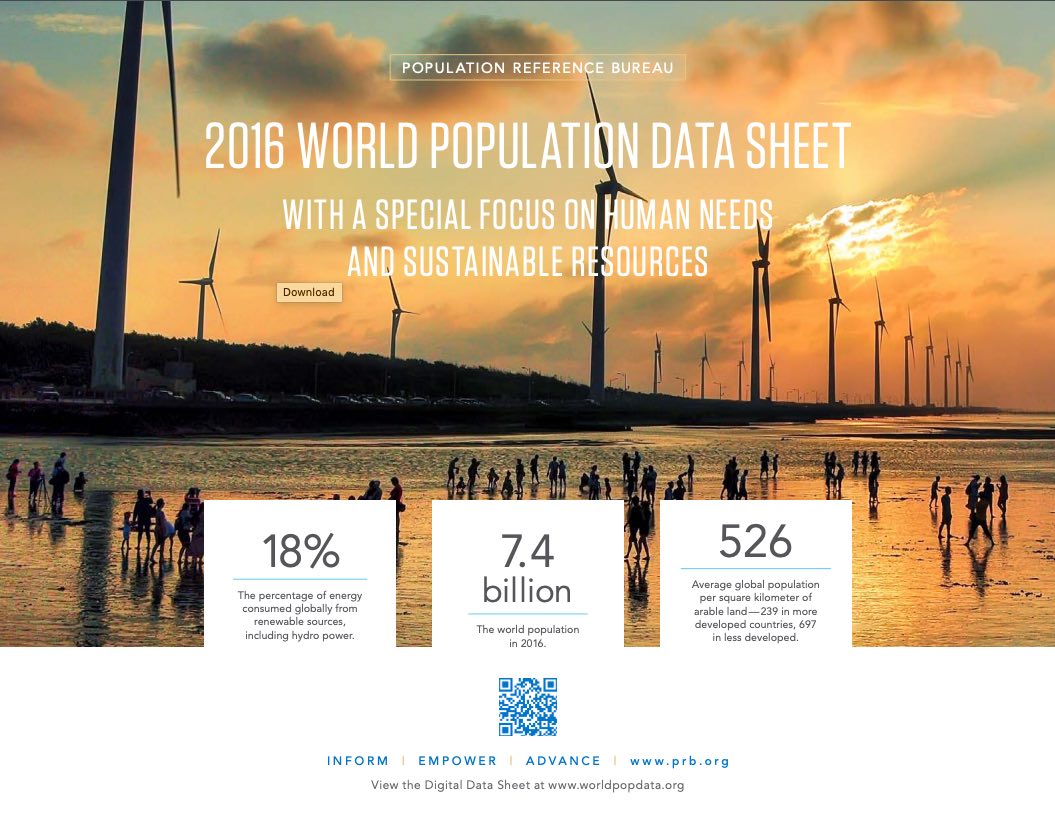Disasters Raise Risk of a Homeless Undercount in 2020 Census
The 2020 Census count of people experiencing homelessness takes place in the middle of peak wildfire and hurricane seasons—and the coronavirus pandemic—making a complicated process even more challenging.






